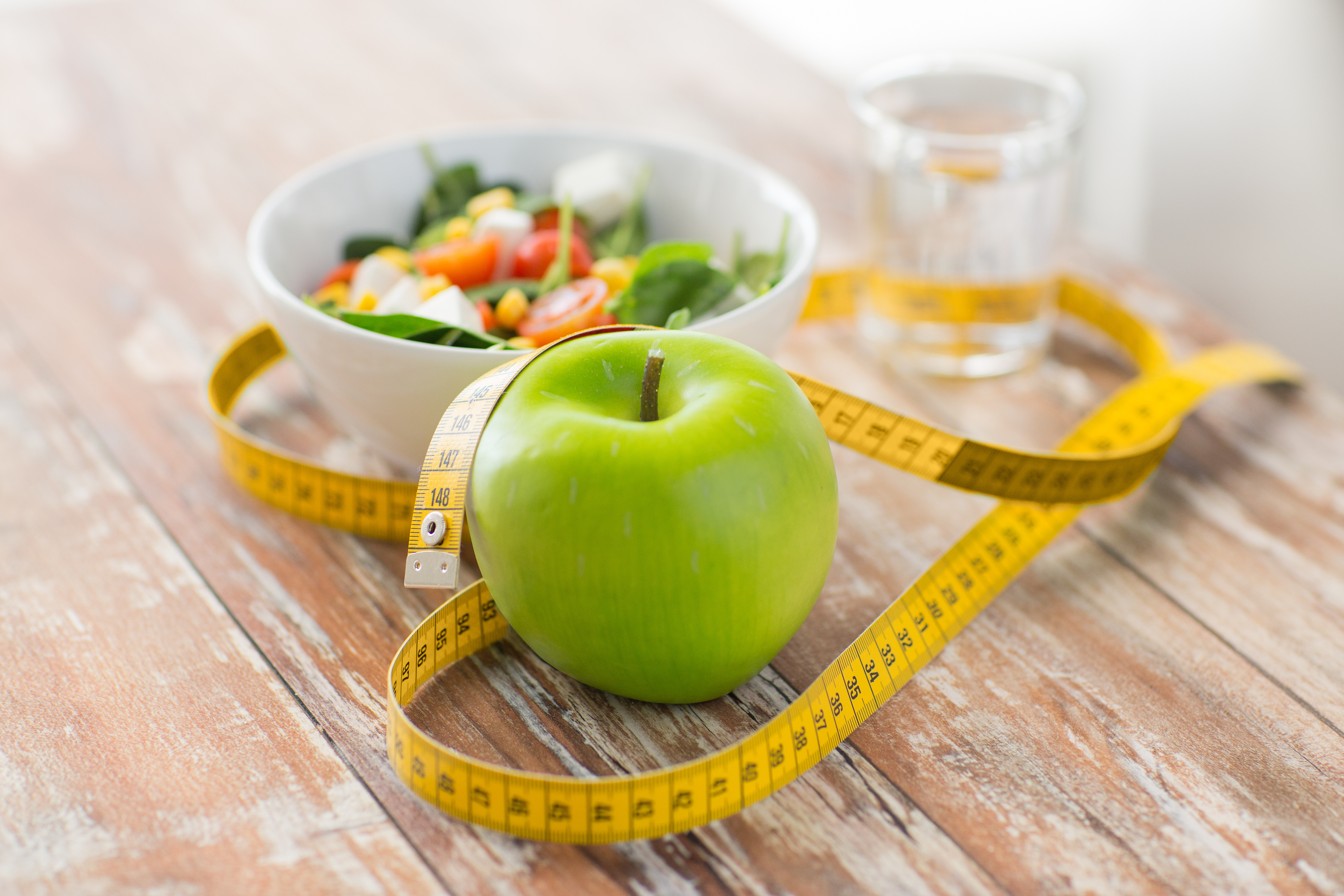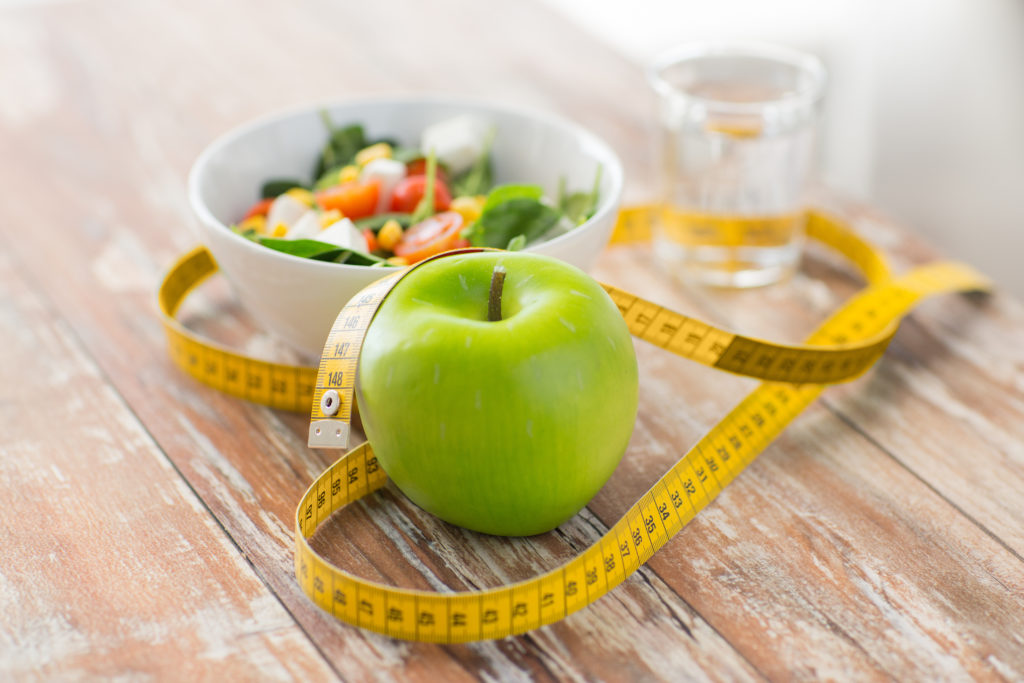
To achieve healthy weight loss there’s really only one principal you need to follow: Eat fewer calories than your body uses on a daily basis. Unfortunately, that simple piece of advice is not enough to keep the entire diet industry afloat, so marketers and “experts” are continuously called upon to discover the next big trend in weight loss.
Most of these fad weight loss diets are ineffective, but they’re also largely harmless—with the exception of damage to your wallet from buying books and supplies. However, there are some out there that range from unpleasant to downright dangerous, and it’s best to stay away from them entirely. Before you go hopping on the next dieting bandwagon, check out these six weight loss diets to avoid.
1. The Atkins Weight Loss Diet
The Atkins diet and the wide array of low-carb clones it has spawned are consistently some of the most popular weight loss methods around. However, it’s not necessarily a great approach for losing weight. On the Atkins diet, you restrict your intake of carbohydrates until you’re only eating about 20 grams (or 10% of your calories) per day.
Your body relies on carbs as one of its primary energy sources, so when you virtually eliminate them it must look elsewhere—specifically, your body turns to its fat stores for energy. This process may leave you feeling excessively dizzy, nauseous, constipated, and fatigued, and it may put you at a higher risk for heart disease in the future. Additionally, the Atkins Diet is viewed as largely unnecessary. Most medical experts argue that severely limiting the intake of a macronutrient, such as carbodhydrates, will provide no special benefits to the average person.
2. The Master Cleanse Weight Loss Diet
When it comes to fad dieting, trends tend to come and go rather quickly, but the Master Cleanse has managed to buck that trend and remain popular for more than 70 years. Unfortunately, it’s also one of the most dangerous weight loss diets around. This approach is also known as the “lemonade diet,” since it requires you to eat or drink nothing but water flavored with lemon, cayenne pepper, and maple syrup for 10 days, or sometimes more.
While it’s true that you can lose a lot of weight quickly with the Master Cleanse, you’re likely to gain it all back once you resume your normal eating habits—most of the pounds you drop will simply be water weight. Additionally, such a severely restrictive diet puts you at risk for symptoms such as nausea, persistent headaches, dizziness, and in extreme cases, malnutrition.
3. The Cabbage Soup Weight Loss Diet
Like the Master Cleanse, the cabbage soup diet is another that’s withstood the test of time, and while it’s definitely safer, it’s still not that effective or pleasant when it comes to permanent weight loss. This week-long diet promises to help you shed 10 pounds or more, but as with most fad diets, it’s largely water weight that can easily be regained. During the process, you’re allowed to eat as much cabbage soup as you want (or more realistically, as much as you can tolerate). Each day you’re also allowed one or two special foods in limited quantities—for example on day four you’re allowed to eat bananas and drink skim milk.
It’s true that this largely plant-based diet will provide you with a wide array of nutrients, but for most people it won’t provide enough daily calories to promote healthy weight loss. Ten pounds in one week may sound like a dream come true, but most medical experts recommend losing no more than one or two pounds weekly.
4. Baby Food Weight Loss Diet
One of the biggest diet fads making the rounds in Hollywood is the baby food diet. This method has been endorsed by big-name celebrities like Lady Gaga and Jennifer Anniston, but no amount of publicity can take away from the fact that it’s simply not an effective method for losing weight. The method requires that dieters replace two meals a day with a jar of pureed baby food and keep their third meal small.
Aside from the fact that the texture of baby food is repulsive to most adults, this diet is dangerously low in calories—with some people eating as little as 600 daily. At levels like that, your body doesn’t have the energy to function properly and you put yourself at risk of malnutrition. What’s especially dangerous about this fad diet is that its rules have never been officially published, which means that users are somewhat forced to make things up as they go, and this often leads to them being even more restrictive with their food choices.
5. The HCG Weight Loss Diet
The HCG Diet, also known as the pregnancy hormone diet, is not only more dangerous than simple diet and exercise, it also takes more work! When a person eats too few calories, their body goes into “starvation mode” in which they try to hang onto every last bit of nutrition as tightly as possible, and this makes weight loss all but impossible to achieve. However, the creators of the HCG diet found a bizarre way to circumvent these starvation mode rules—pregnancy hormones. That’s right, in addition to eating a painfully low number of calories each day, adherents of this diet must also inject themselves with a hormone found in pregnant women that prevents the body from being so stingy with its energy.
On top of the dangers of malnutrition, people using this diet also put themselves at risk of complications due to the hormones. Since this approach to weight loss is so new, we’re still largely unsure about the long-term effects these pregnancy hormones may have on a non-pregnant person.
6. The Milk Weight Loss Diet
Some people enjoy dairy as a tasty treat, but the milk diet takes the obsession to a ridiculous new level. In addition to weight loss, this approach is purported to cure all kinds of ailments—from insomnia to appendicitis. The basics of this diet require users to drink roughly four quarts of whole, raw milk each day for three weeks. In addition to this, it’s also recommended that you stay as inactive as possible during this time, including lots of bed rest, if possible.
From a fitness standpoint, the milk diet is a recipe for disaster. You’re not only drinking about 2,400 calories worth of milk daily, but you’re also avoiding exercise, which is your only hope for burning some of those calories off. In addition to this, the FDA discourages people from drinking raw (i.e. unpasteurized) milk, since you’re about 150 times more likely to develop a food borne illness from it as opposed to pasteurized milk. All in all, this is a diet that makes no sense whatsoever.
